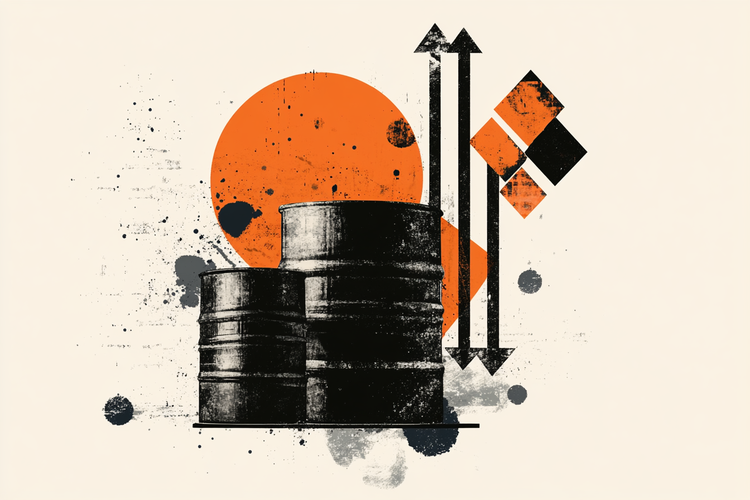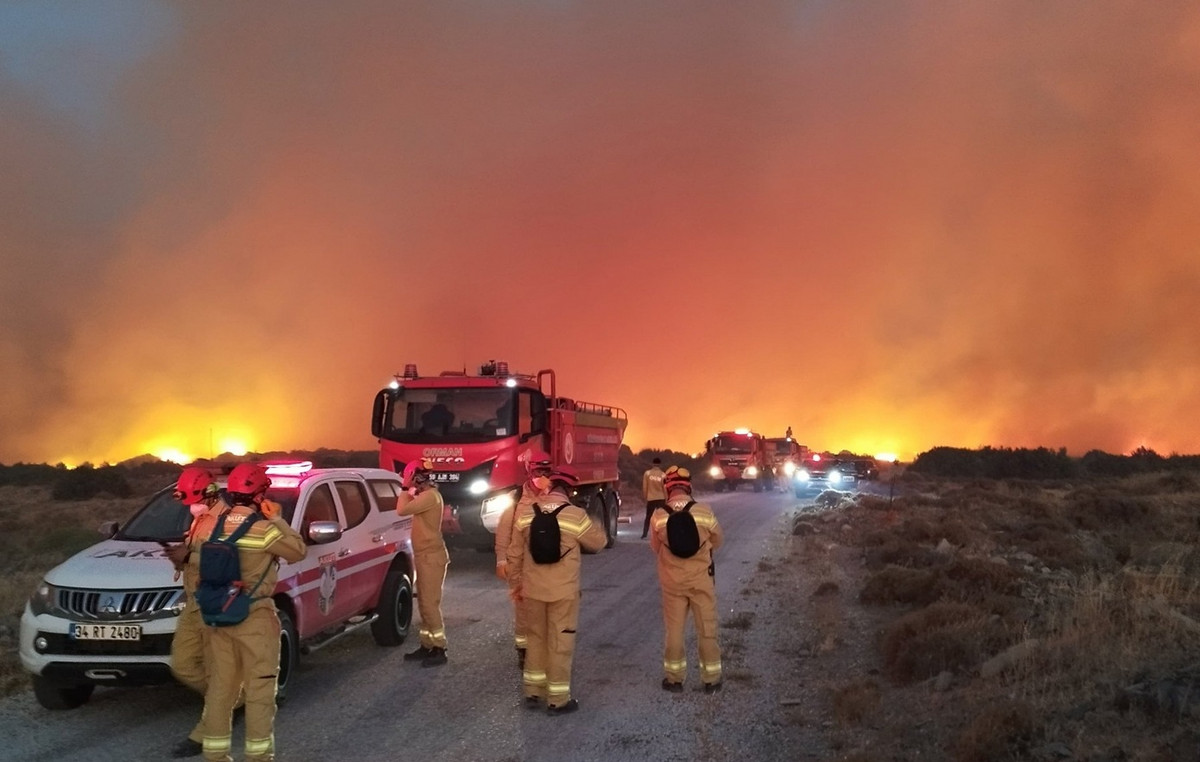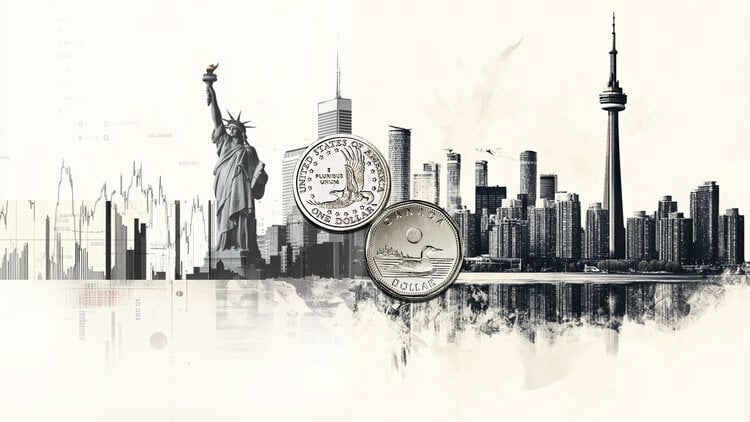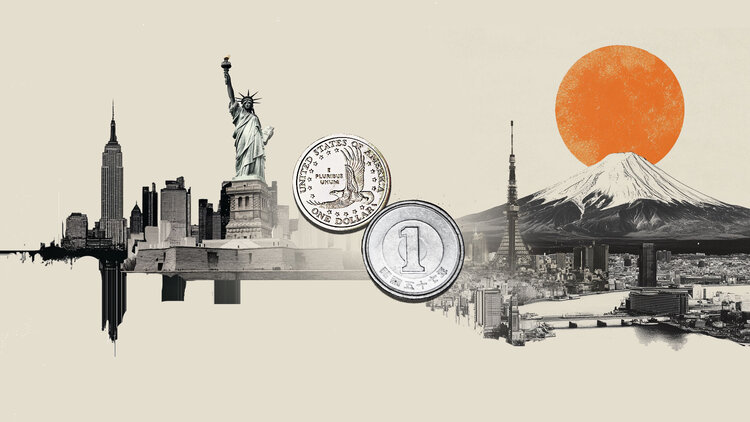The James Webb telescope has proven to be one of NASA’s most complex, expensive, and time-consuming projects. Initially, the infrared space observatory was going to be sent to the deployment point back in 2007, but this was eventually done only on December 25, 2021. However, the launch is only the beginning, so it is too early for scientists to relax. Placing a huge telescope in space also depends on the successful achievement of the checkpoint, as well as its further deployment. Moreover, questions can also arise during the operation of an extremely complex facility.
At the moment, the main space observatory of the Earth is the Hubble, which has been operating quite successfully for more than thirty years. Nevertheless, the experience of interacting with it is unlikely to help NASA employees close all the potential problems that may arise in the course of working with the James Webb telescope. There are several.
Questions during the deployment phase
An important issue is the amount of fuel that cannot be replenished.
Hubble is located at an altitude of about 600 kilometers from the Earth’s surface. The James Webb telescope has a completely different dislocation distance. It should be located at a distance of about 1.5 million kilometers from our planet – four times farther than the moon. It is on such a segment that the Lagrange point L2 is located, from which it is ideal to conduct space research, but remain in constant contact with scientists on the surface of the Earth. From our planet to the point of deployment, the carrier with the telescope had to move for 29 days – the further deployment took enough time. Until the work begins, it’s too early to talk about everything else. Moreover, the telescope needs to do this as efficiently as possible.
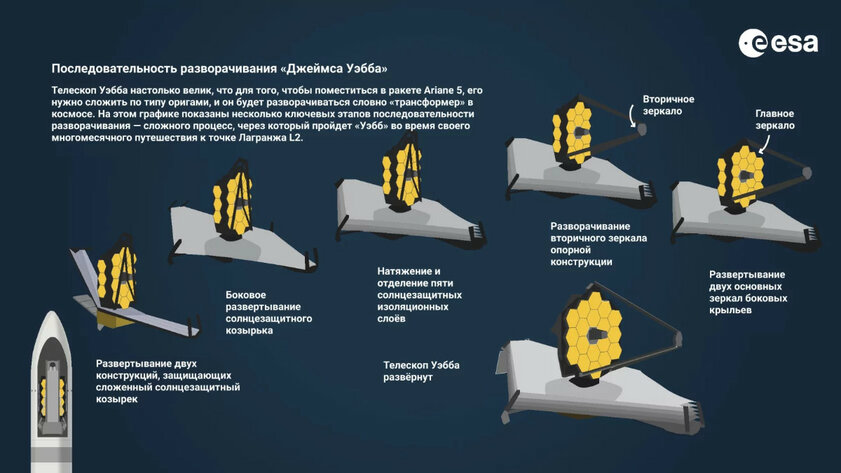
The issue of starting work is quite acute due to the limited amount of fuel that could be taken on board the James Webb telescope. NASA scientists involved in the project suggest three possible scenarios, depending on which the duration of the further use of the space observatory changes.
- optimistic plan: if minimal adjustments are required during the deployment of the telescope, the remaining fuel will be enough for 10 years of operation.
- Realistic plan: if the nominal scenario, which includes possible risks, is implemented, the space observatory will be able to operate for about 5 years.
- Pessimistic plan: if everything goes wrong, the James Webb telescope will not be able to start working at all.
After reaching the dislocation point, the telescope should be deployed according to the origami principle. If this can be controlled correctly at an incredibly long distance, the launch can already be considered successful. At least if he has fuel left for further work. Otherwise, the telescope will turn into a pile of insanely expensive space junk.
- To this topic: Not an observatory, but the hope of mankind – 10 space facts about the Webb telescope
The destructive effect of the sun
No one knows how critical it will be for the telescope
The James Webb telescope was designed to observe waves 10 to 15 times longer than those with which the Hubble interacts. In particular, it is for this purpose that the new space observatory is located at such a great distance from the Earth. To make this a reality, the engineers had to come up with solutions to a number of atypical problems that they had not yet encountered.
- Cooling systems. The telescope has both a passive version and an active one. Both are needed in order to lower the temperature during interaction with long waves.
- Ultra-low temperatures. The telescope has the whole infrastructure that is needed to work with a deep minus Celsius.
- solar radiation. The observatory is placed at point L2 to get rid of any radiation other than solar radiation. You will inevitably have to live with the latter, and it is important to protect yourself from it.
The last issue is especially critical. To deal with it, NASA has developed a 5-layer sunscreen that must always be between the object itself, as well as the Sun. Nothing like this has been done before. If all goes well, this will allow the James Webb Telescope to reveal the universe to humanity with greater accuracy than ever before. However, if the mechanism of counteraction, including solar radiation, does not cope with its task, the consequences can be as critical as possible.
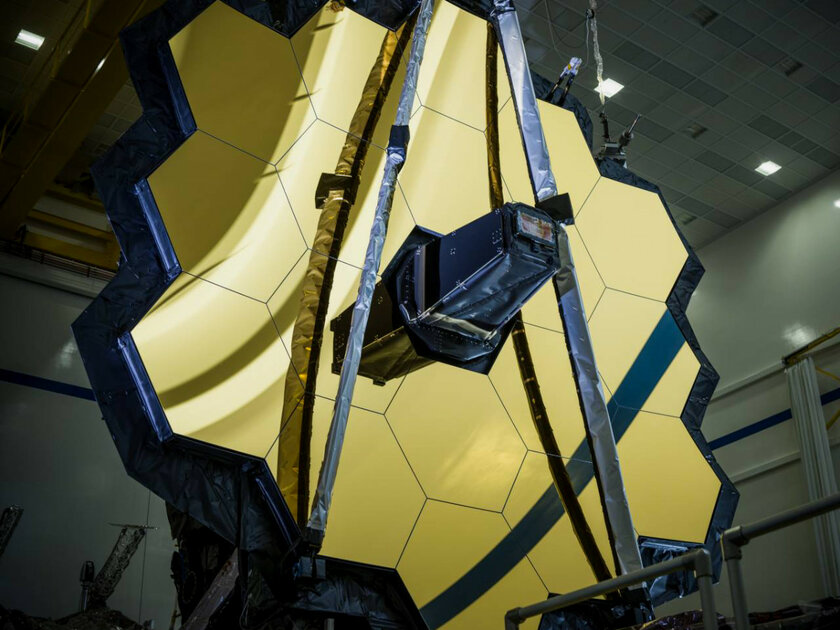
Impossibility of modernization
It can also result in a short lifespan
Hubble is in Earth orbit, the most accessible place for potential further upgrades. The device was developed with the expectation that it was very easy to change its modules. For more than 30 years of operation, NASA specialists have completed four missions to modernize the facility. Apparently, this is what allowed it to operate for so long. For example, when a defect in the optics was discovered, it was eliminated by simply replacing the module. And as part of the latest upgrade, a new set of gyroscopes and other high-precision instruments was added.
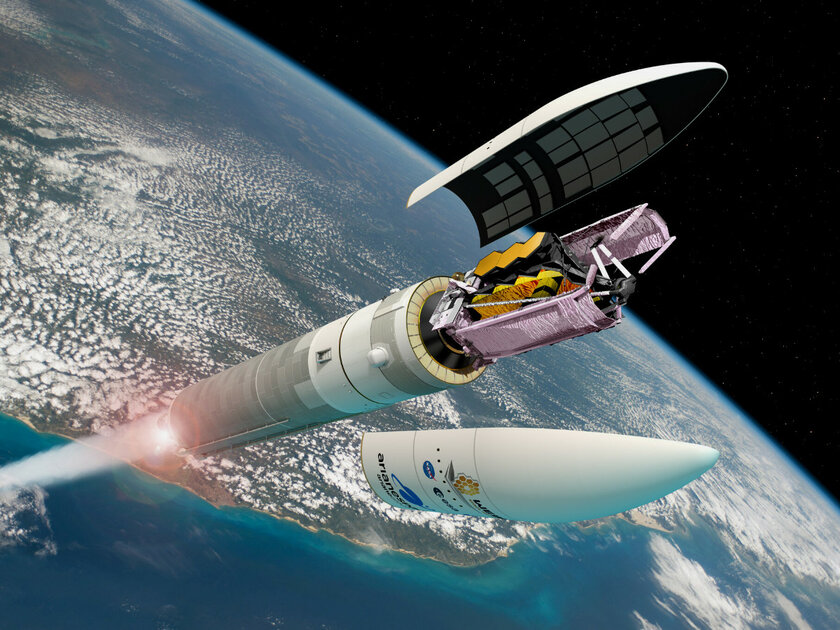
Obviously, modernizing James Webb will not work just as easily. Moreover, aircraft that can reach this far are not planned until 2030, and the useful life of the telescope without additional fuel may not be extended for such a long period of time.
Inability to repair
Telescope failure will be almost impossible to fix
Of course, 1.5 million kilometers from Earth calls into question not only the modernization of the new space observatory, but also its potential repair. Today it is difficult to say what exactly will have to be done if something breaks, but the experience of using Hubble proves that even NASA specialists can make miscalculations that turn James Webb at L2 into a very expensive but useless object.
Design miscalculations
Before the launch, the telescope was repeatedly sent for revision.
May 3, 2018 Greg Robinson, Project Manager for the James Webb Telescope, reported at NASA Headquarters that a few “extra” parts had fallen off during another test in Southern California. Technicians discovered them after the James Webb was moved from one acoustic test chamber to another in preparation for vibration tests. That is why the object must go for another revision, which will take an unknown amount of time.
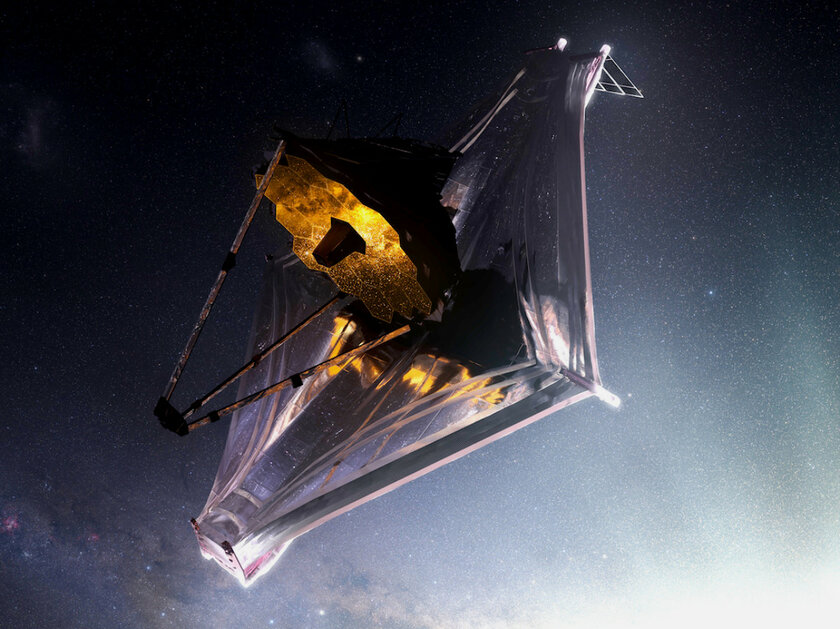
If you set a goal, you can find a lot of similar reports of design miscalculations while working on a space observatory. Robinson noted that the incident showed the importance of the wide range of tests that every space object undergoes before launch. However, you need to understand that it is far from a fact that before the launch of such a large-scale telescope, which was repeatedly postponed, all design miscalculations were eliminated. It is likely that some remained, and they will only show themselves during the operation of the space observatory – at least if it eventually starts at all.
Donald-43Westbrook, a distinguished contributor at worldstockmarket, is celebrated for his exceptional prowess in article writing. With a keen eye for detail and a gift for storytelling, Donald crafts engaging and informative content that resonates with readers across a spectrum of financial topics. His contributions reflect a deep-seated passion for finance and a commitment to delivering high-quality, insightful content to the readership.

